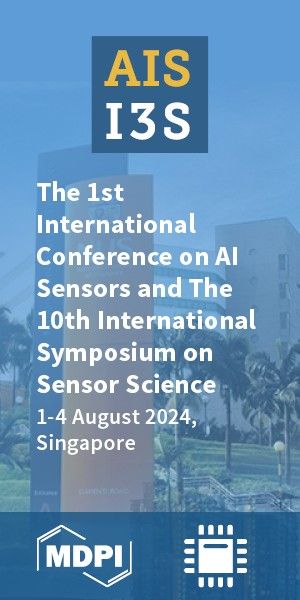Article
Version 1
Preserved in Portico This version is not peer-reviewed
Higher Education in Post-Neoliberal Times: Building Human Capabilities in the Emergent Period of Uncertainty
Version 1
: Received: 3 February 2023 / Approved: 8 February 2023 / Online: 8 February 2023 (06:27:28 CET)
A peer-reviewed article of this Preprint also exists.
St. John, E.P. Higher Education in Post-Neoliberal Times: Building Human Capabilities in the Emergent Period of Uncertainty. Educ. Sci. 2023, 13, 500. St. John, E.P. Higher Education in Post-Neoliberal Times: Building Human Capabilities in the Emergent Period of Uncertainty. Educ. Sci. 2023, 13, 500.
Abstract
This paper argues that the neoliberal consensus about education finance has broken down due to growing economic inequality. First, I use a comparative historical analysis of political alliances to examine patterns of world trade and nations’ policies for economic and educational development since World War II. The United States emphasized STEM-collegiate preparation for all students, while most countries continued the dual emphasis on technical-tertiary and higher education. Educational policy in the US and Pacific region also shifted to reliance on markets and student loans resulting in worsening economic inequality in access. Nations with dual technical and academic pathways in secondary and postsecondary education systems expand college enrollment rates more rapidly than the US. They also experience class conflict between the working-middle class and the new technology elite. Next, I examine how education policy shifted from national planning aligned with public funding to market-based incentives for institutional development, further exposing gaps in opportunity within nations. Finally, recognizing the variations in systemic causes of inequality, I argue that governments, education agencies, and civic activists can best promote equity by organizing to address barriers to opportunity for groups left behind in the wake of withering neoliberal education policy.
Keywords
neoliberalism ; education development; trade alliances; economic development; human capital; cultural capital; social capital; human capabilities; social action
Subject
Social Sciences, Education
Copyright: This is an open access article distributed under the Creative Commons Attribution License which permits unrestricted use, distribution, and reproduction in any medium, provided the original work is properly cited.
Comments (0)
We encourage comments and feedback from a broad range of readers. See criteria for comments and our Diversity statement.
Leave a public commentSend a private comment to the author(s)
* All users must log in before leaving a comment






